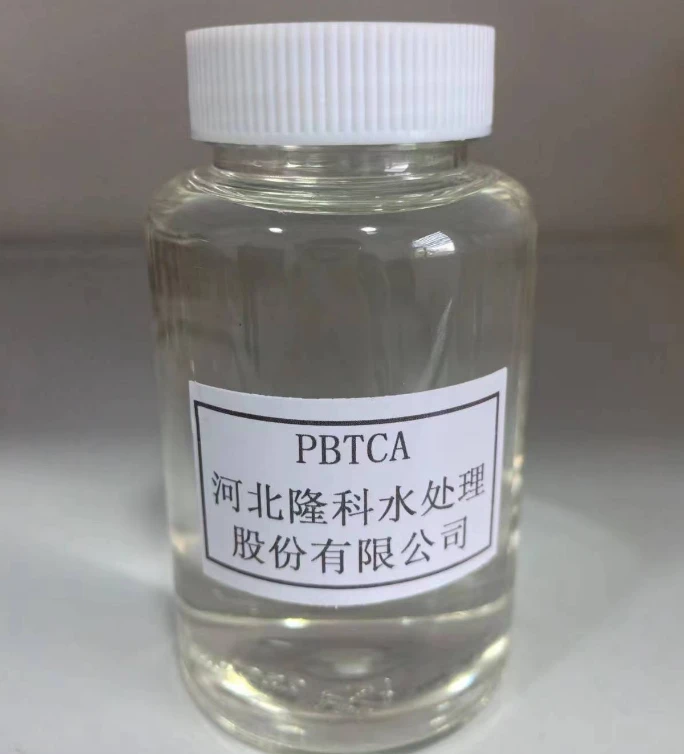anionic pam
Understanding Anionic Polyacrylamide (PAM) Its Use and Importance
Anionic polyacrylamide (PAM) is a synthetic polymer that has gained significant attention in various industrial and environmental applications. Known for its excellent water-solubility and flocculating properties, anionic PAM is particularly useful in the realms of wastewater treatment, soil enhancement, and oil recovery processes. This article aims to explore the characteristics, applications, and significance of anionic PAM in today’s world.
What is Anionic PAM?
Anionic polyacrylamide is a type of polyacrylamide that carries a negative charge due to the presence of anionic functional groups in its molecular structure. This characteristic allows it to interact effectively with positively charged particles in water, making it a powerful agent for coagulation and flocculation. PAM can be produced in various forms, including powders and emulsions, and is available in different molecular weights, which influences its performance in diverse applications.
Applications of Anionic PAM
1. Wastewater Treatment One of the most prominent uses of anionic PAM is in wastewater treatment processes. It is commonly utilized to enhance the removal of suspended solids, oils, and organic materials from industrial effluents and municipal sludge. By promoting the aggregation of solids, anionic PAM facilitates sedimentation, leading to cleaner effluent and reduced environmental impact.
2. Soil Erosion Control Anionic PAM plays a vital role in agriculture and environmental conservation by improving soil structure and reducing erosion. When applied to soil, it binds soil particles together, thus increasing soil stability and reducing runoff during rainfall events. This property not only preserves topsoil but also enhances water retention, which is particularly beneficial in arid regions.
anionic pam

3. Enhanced Oil Recovery (EOR) In the oil industry, anionic PAM is used in enhanced oil recovery processes. Its application helps improve the viscosity of water, allowing for better mobilization of oil within reservoirs. By reducing the interfacial tension between oil and water, anionic PAM facilitates the extraction of additional oil that might otherwise remain trapped in the formation.
4. Mining and Mineral Processing Anionic PAM is also utilized in mining operations, particularly in the flotation process where it helps in the separation of valuable minerals from ores. Its flocculating properties aid in the settling of tailings and the recovery of fine particles, making the mining process more efficient and environmentally friendly.
Environmental Considerations
While anionic PAM offers numerous benefits, it is essential to understand its environmental implications. The biodegradability of PAM depends on its molecular weight and formulation. Lower molecular weight variants tend to be more biodegradable, which minimizes potential long-term environmental risks. Therefore, responsible use and proper disposal of anionic PAM products are crucial to mitigate any adverse effects on ecosystems.
Conclusion
Anionic polyacrylamide is a versatile and powerful polymer that plays a significant role in various industries, including wastewater management, agriculture, oil recovery, and mining. Its ability to enhance water quality, conserve soil, and improve industrial processes underscores its importance in today’s society. As global challenges like water scarcity and environmental degradation continue to rise, the innovative application of anionic PAM can contribute to sustainable practices. Understanding its properties and applications is essential for leveraging its benefits while ensuring environmental safety.
-
lk-319-special-scale-and-corrosion-inhibitor-for-steel-plants-advanced-solutions-for-industrial-water-systemsNewsAug.22,2025
-
flocculant-water-treatment-essential-chemical-solutions-for-purification-processesNewsAug.22,2025
-
isothiazolinones-versatile-microbial-control-agents-for-industrial-and-consumer-applicationsNewsAug.22,2025
-
scale-inhibitor-key-solutions-for-water-system-scale-preventionNewsAug.22,2025
-
organophosphonates-versatile-scale-inhibitors-for-industrial-water-systemsNewsAug.22,2025
-
scale-and-corrosion-inhibitor-essential-chemical-solutions-for-water-system-maintenanceNewsAug.22,2025





